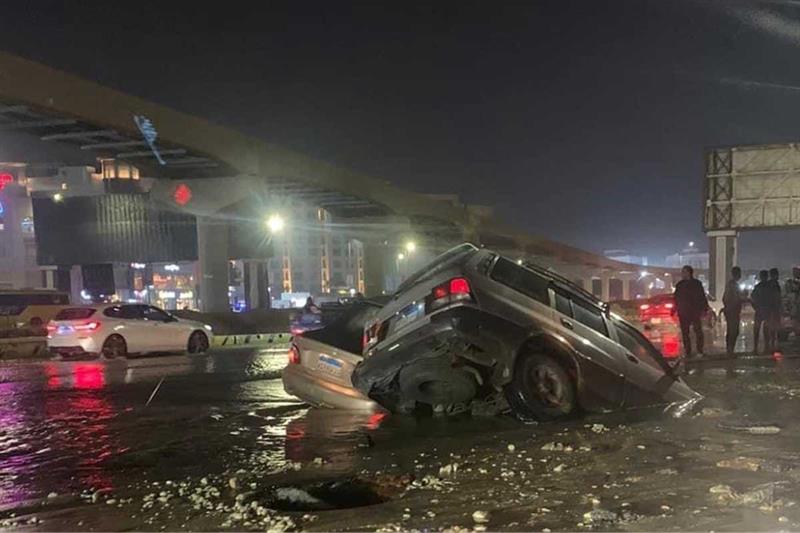Year after year, heavy rain causes severe damage to Cairo’s infrastructure. Among the most impacted are residents of New Cairo — a fairly new area of the capital and one of its most luxurious, based on real estate prices. In April 2018, heavy rains resulted in the flooding of homes, garages, and cars, and caused electricity outages in the area. In March 2020, unprecedented damage arose from Egypt’s “dragon storm,” which caused 21 casualties across the country. Despite government efforts to optimize Egypt’s preparedness for extreme rainfall events and to prevent human injury, New Cairo’s infrastructure remains vulnerable. Last October, rain and hail storms hit large parts of the area, flooding several streets and causing traffic disruptions. On 9 January, pictures widely circulated, on social media, showing a car immersed in a pool of water on New Cairo’s Road 90 following heavy rainfall, an accident caused by repairs to the sewage network. According to some experts, climate change, coupled with population growth, may continue to increase the frequency and severity of urban flash floods. These repeated incidents beg the question: what makes this new and upscale development so vulnerable to…



